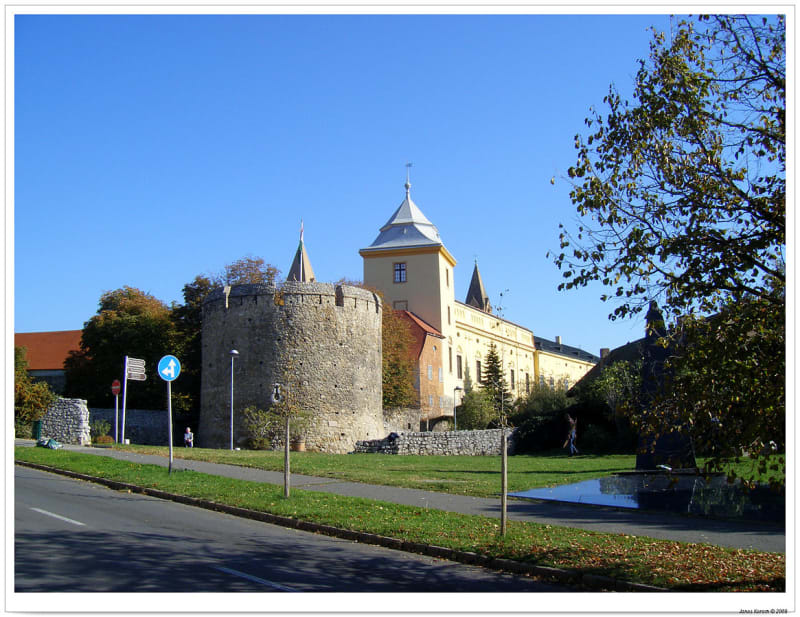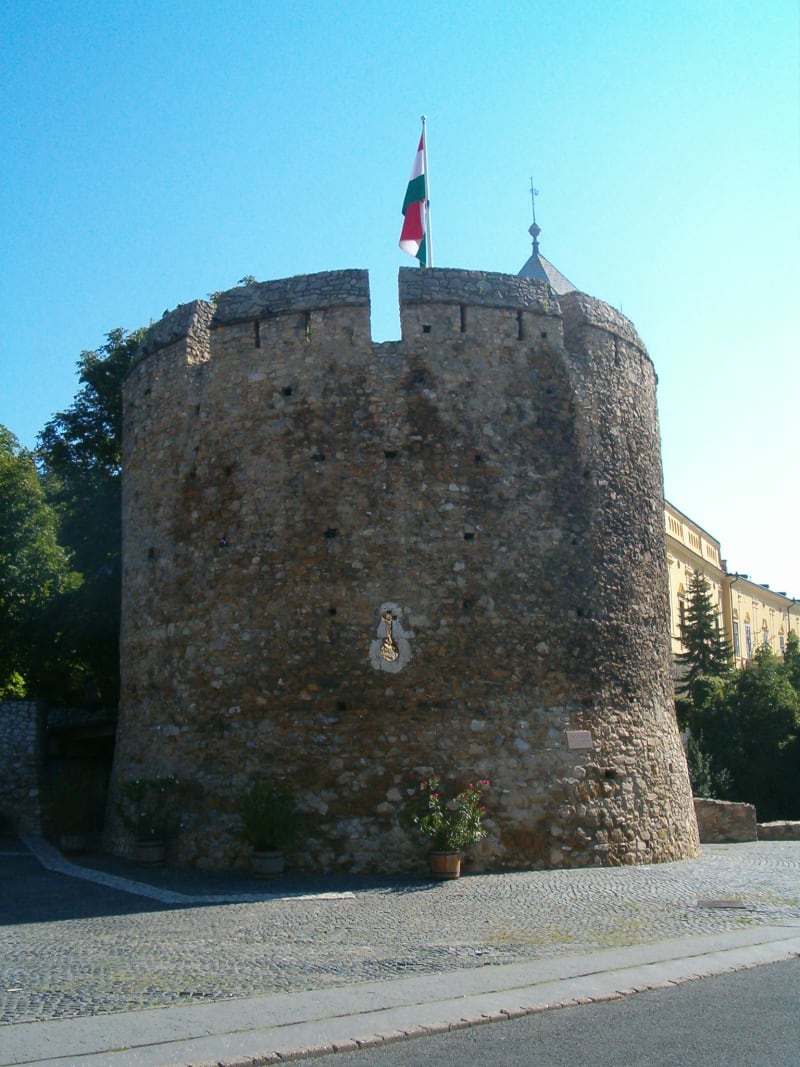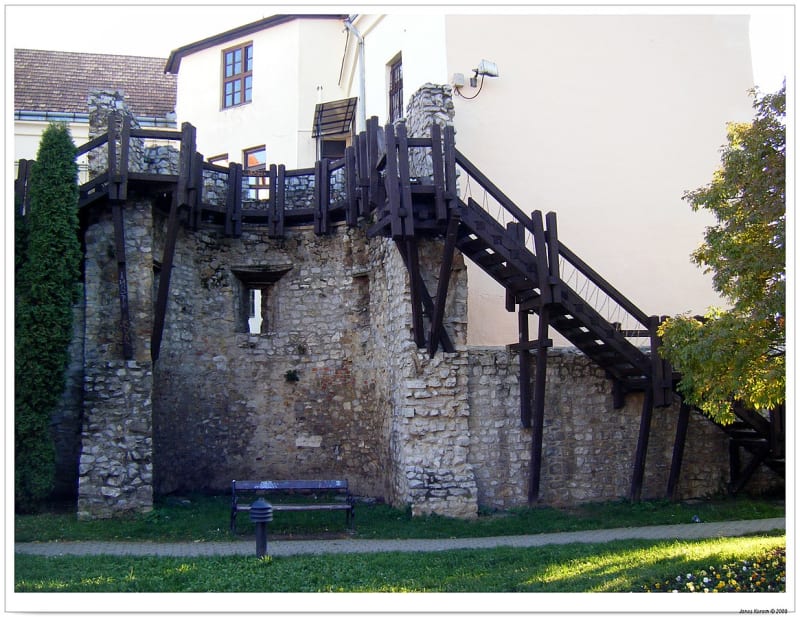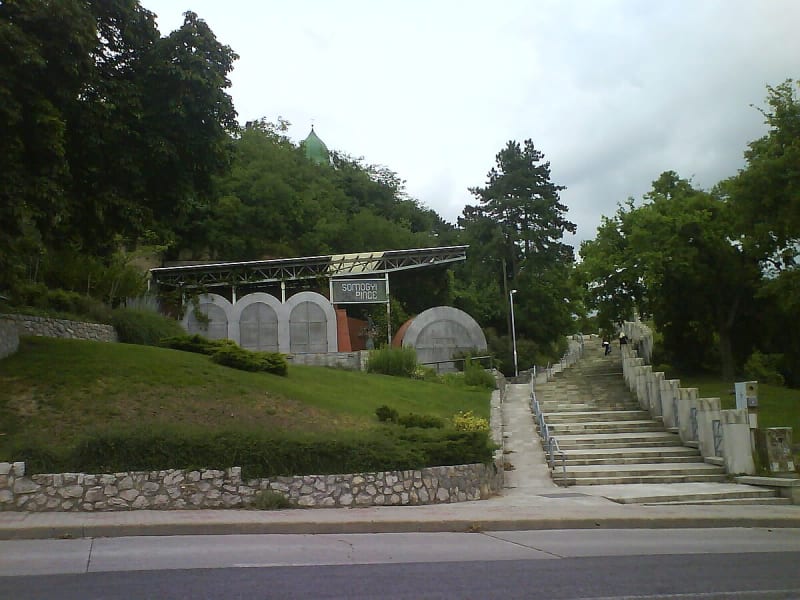Bastion Barbican
The Barbican Bastion is located on the territory of the ancient city of Pec in southwestern Hungary. You can get from Budapest by train, it will take about 3 hours. The architectural monument serves as an observation deck, from the top of which a wonderful view of the city opens. Due to this attraction, Pec is called the cultural capital of Europe in the society.

Device
The Barbican bastion is a widely used fortification in the Middle Ages in Europe, which is supposed to protect the entrance to the main fortress. Usually, the barbican was connected to the fortress by a special fortified passage. It is believed that there are fewer than 10 barbicans in Europe, one of them is preserved in the Hungarian Peche. The Hungarian Barbican Bastion is built in the form of a round tower, it is the most common type of defensive structure that allows circular defense against the besieging enemy stronghold. Such a tower allowed the defenders to suddenly attack the attackers from the rear, bypassing them around the perimeter of the structure. An additional advantage was that even a small garrison could successfully defend itself for a long time. The spacious area above was intended for storing projectiles and was one of the centers for repelling enemy attacks. The loopholes at the top and the loophole windows in the walls are clearly visible here.
History
The round tower of the Barbican Bastion is almost the only thing left of the ancient medieval fortress. Built in the Gothic style, it is one of the symbols of the city of Pec. The tower is located in the northwestern sector of the highest protective wall surrounding the center of the ancient city. According to historians, the fortress was built to protect against the raids of the Ottoman Turks on the initiative of Bishop Gyorgy Szathmari. The construction is also associated with the visit of General Pavel Kinishi in 1498. At that time, defensive structures were being built all over the southern side of the city, from where an enemy attack was most likely expected. The bastion was part of the fortification system of the bishop's castle, protected the clergy and residents of the district, and withstood several sieges. However, in 1526, the Turks captured the city for the first time, and in 1543, Pec came under the rule of the Ottomans for 143 years. The city was liberated from Turkish rule in 1686.

The Barbican Bastion today
In modern times, the fortress has lost its military and defensive significance, and a period of relative peace has set in. In this regard, repairs to the structure were not carried out until the 19th century, and the defensive complex gradually collapsed until it fell into disrepair.
Most of the dilapidated buildings were demolished in the 60s of the XX century, but the old Barbican is well preserved. A full-fledged restoration of the remains of the fortress was carried out only at the end of the 20th century. But the Barbican Bastion is still the most attractive point for tourists to visit, offering an unforgettable view of the ancient city.

